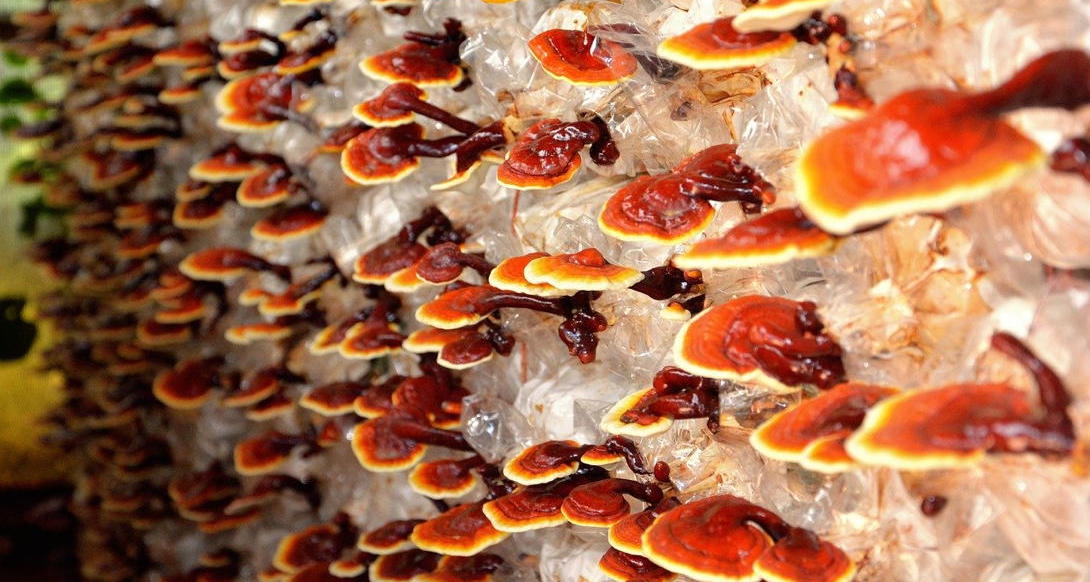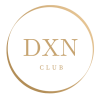We have more and more convincing scientific evidence that healing (or curative) mushrooms are also very promising in maintaining health and preventing disease.
Clinical trials in Japan have shown that the concomitant use of chemotherapy in the vast majority of tumor types can further increase the antitumor effect of drugs.
Experience and clinical trials show that the harmful side effects of chemotherapy and radiation therapy can be significantly reduced by medicinal mushroom extracts.

The king of herbs is Ganoderma!
Common name of the medicinal fungus Ganoderma lucidum: Ganoderma, in Japan: reishi, in China: lingzhi,
History and characteristics of Ganoderma:
The history of the fungal species Ganoderma dates back 5,000 years. Among the medicinal substances in ancient China, Ganoderma proved to be so successful that its effectiveness was credibly proven by Chinese medical records considered to be more than 2,000 years old. In it, 365 kinds of herbs were described and classified.
Ganoderma was also declared the best among the best.
Ganoderma owes its upscale classification in Chinese descriptions not to the symbolic importance of reputation but to its healing effect without side effects.
The Chinese consider it the king of herbs because it can be consumed continuously and allows for a long, healthy life.
Recent research by Chinese and foreign scientists, parallel analytical studies, and clinical experience in hospitals, universities, and pharmaceutical companies undoubtedly demonstrate the high efficacy of Ganoderma.
After 2,000 years, Ganoderma came into the spotlight as a special nutrient that normalized the body’s physiological functions.
Ganoderma is one of the most popular medicinal mushrooms in China, Japan, and the United States.
Ganoderma grows on tree trunks. It has a glossy, hard, asymmetrical hat that can flaunt several colors from yellow to black. The cap, spores, and mycelium of the medicinal fungus are used for healing.
In ancient China, ganoderma was so rare and valuable that it had to be submitted to the emperor, and the mushroom was given the name “elixir of life”. In 1972, Japanese researchers successfully began cultivating it.
Ganoderma is the most important herb in Asia. It is used to treat almost any disease by professionals using alternative medicines. Healing with ganoderma in China. It dates back approx 4,000 years. Suitable for treating both mental and physical problems.
Herbalists consider ganoderma as an adaptogenic plant, which means natural regulation, so it stimulates the immune system to function if it is underactive and suppresses it when it is overactive. The most important components of ganoderma are high molecular weight polysaccharides and antioxidants capable of trapping harmful free radicals. In addition, ganoderma contains potassium, magnesium, calcium and germanium.
Ganoderma is primarily used in Japan and China to treat cancer and to stimulate the immune system after chemotherapy and radiation. It is also preferred for the treatment of autoimmune diseases. Its hepatoprotective effect is also outstanding.
The beneficial effects of ganoderma are most common in the following diseases:
cancerous tumors, arrhythmias, coronary heart disease, high blood pressure, high blood sugar, high cholesterol, low blood pressure, stroke.
Please note: Medical fungi can’t be qualified as medicines, they can’t substitute professional help and doctors! Dietary supplements don’t substitute a balanced, diversified diet and healthy lifestyle!
